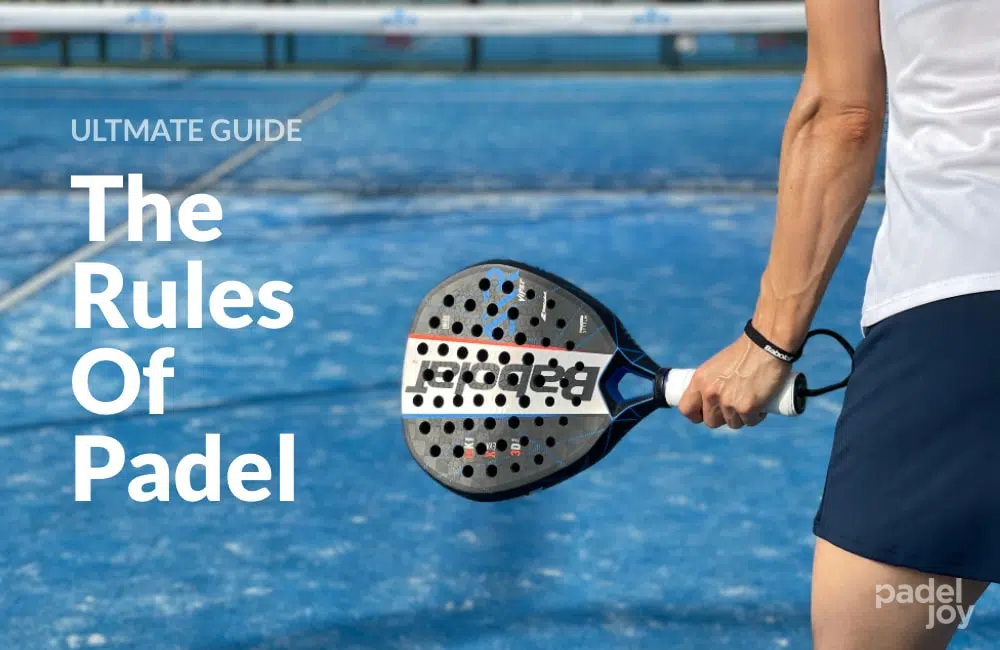In this guide, you will find all the official padel rules for 2022. If you are new to the sport and want to learn how to play padel, read about the basic rules. We have you covered even if you are already playing padel and want to know the more specific and advanced rules.
- Padel rules for beginners & how to play
- The official rules of padel
- Rule 1 – How to score in padel
- Rule 2 – Game intervals
- Rule 3 – Player positions in padel
- Rule 4 – Server and choice of ends
- Rule 5 – Changing ends
- Rule 6 – The padel serve
- Rule 7 – Service fault in padel
- Rule 8 – How to return a serve in padel
- Rule 9 – Let service (net cord)
- Rule 10 – Repetition or let point
- Rule 11 – Interference
- Rule 12 – Ball in play
- Rule 13 – Losing points in padel
- Rule 14 – Correct return
- Rule 15 – Winning points in padel
- Rule 16 – Authorized out of court play
- Rule 17 – Change of balls
- Common questions about padel rules
Padel rules for beginners & how to play
Have you ever seen people playing padel tennis and wondered what the fuss was all about? It’s a racket sport similar to tennis but played on a smaller court with walls. It’s a fast-paced game perfect for beginners.
Here are a few basic rules of padel for beginners.
Scoring
Intervals & changes
Serving
Gameplay
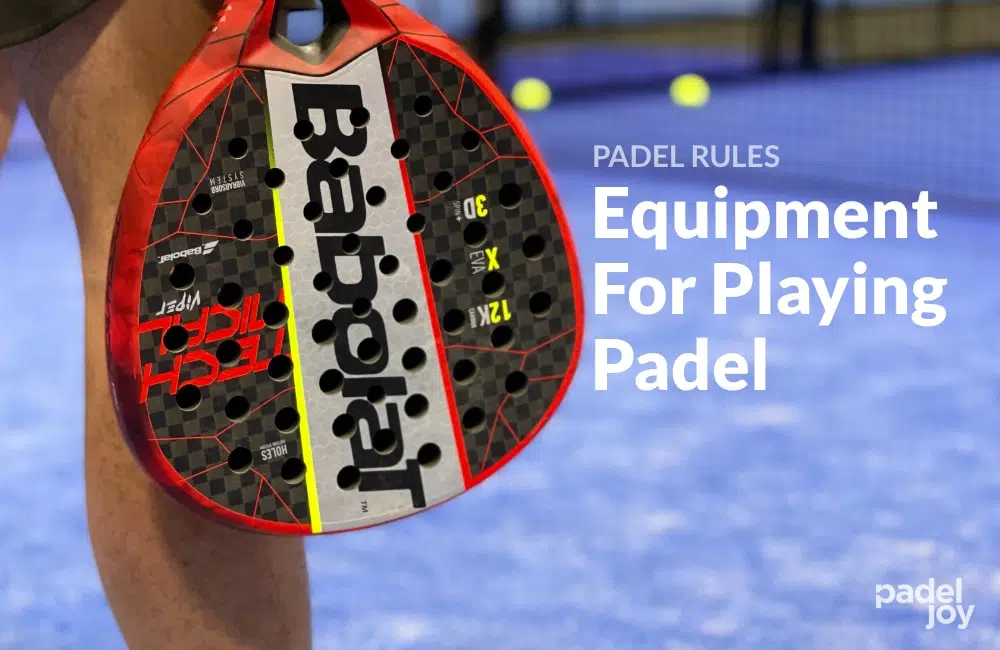
Requirements – what do you need to play padel
- There are Padel courts for doubles (20m x 10m) and for singles (20m x 6m). Around 90% of all the Padel courts worldwide are for doubles since single Padel is rare. The court is surrounded by walls in the back made of glass, with mesh on the sides.
- Padel Rackets are also known as Padel Bats. This stringless racket is generally made of glass or carbon fiber, weighs between 300g and 400g, and is 38mm thick.
- Three Padel balls. They resemble tennis balls but have lower pressure. Since the ground is used during rallies, balls are never left on it since it could interfere.
- Four players. Padel is a social sport that is commonly played in its doubles format, 2 versus 2.
Game Objectives
Padel is a simple game. Your team must hit the ball over the net into your opponent’s side in such a way that they cannot return it. To prevent you from returning the ball to your side of the court, the opposing team has the same goal as you do.
In padel, since the court is enclosed and smaller than in other racket sports, it is essential to know how the ball can bounce from the wall to gain an advantage. Thus, it is a racket sport that requires quick reaction times, the ability to read the game, and a good sense of placement on the court.
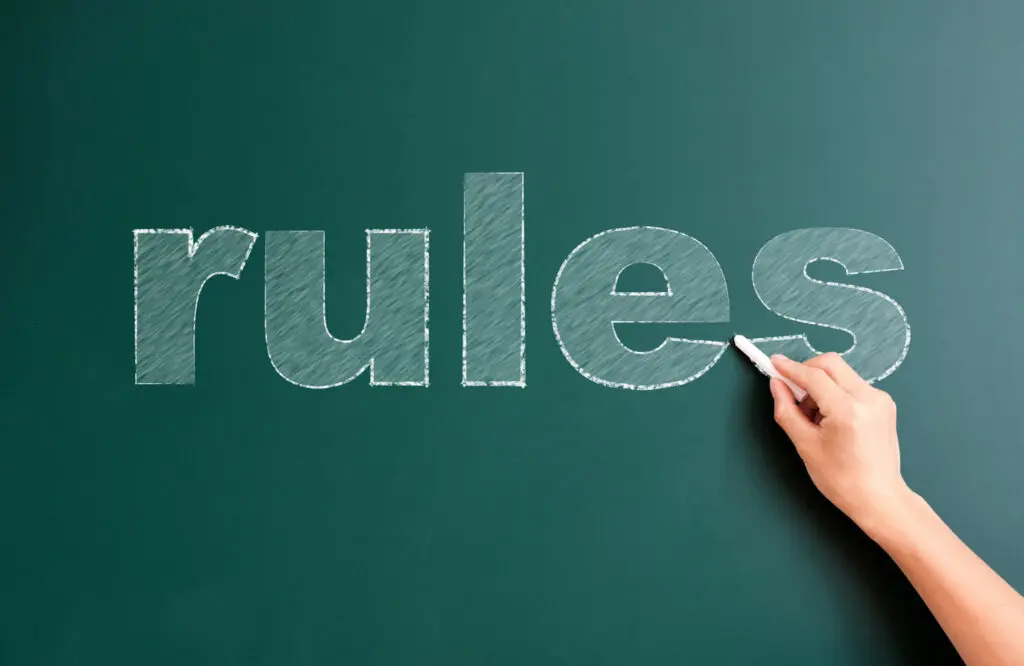
The official rules of padel
Here is our summary of the official rules from the International Padel Federation (FIP).
Rule 1 – How to score in padel
Padel has an identical point system to tennis.
The first point won will be called “15”, the second “30”, the third “40”, and the fourth “game”. The exception is if each pair has won three points, at which point the “deuce” will be called. If the same pair wins the next point, they win the game. The score returns to “deuce” if the point is lost. The game continues until one pair of players has won the two consecutive points needed to win.
The first pair to win six games with a minimum advantage of two will win the set. In the case of a tie (draw) at five games, the players will have to play two more games to win by seven. In the event of a tie at 6 games, the tie-break rule will be applied.
The match consists of three sets. For the match to be won, two out of three sets must be won.
Alternative scoring – The Golden Point
“No advantage” (golden point) is a relatively new rule in padel. The score is as follows:
– No point “Love”
– First point “15”
– Second point “30”
– Third point “40”
– Fourth point “Game”
If both pairs of players have won three points each, a “deuce” is called and a deciding “golden point” is played. The receiving pair may choose whether to receive service on the right or left side of the court. The receiving pair cannot change positions for the deciding point. Whoever wins the point wins the game.
Tie-break
Tie-break points are “zero”, “1”, “2”, “3”, etc.
As long as it is with a 2-point advantage, the “tie-break” will be won by the first player to win 7 points, and therefore the game and set. Tie-break continues until the 7-point margin is reached.
“Tie break” will be started by the player whose turn it is to serve, in accordance with the set order. This player will only be able to serve once from the right side of the court. The next two points will be served by the opposite team, following the previous order of service and serving from the left. Each player will serve two consecutive points until the end of “the tiebreak”, always respecting the order of service.
The “tie-break” set will be won by 7-6.
The following set will be started by the player who did not begin to serve in the tie-break.

Rule 2 – Game intervals
When a player is not on court ready to play 10 minutes after the match has started, the tournament umpire will award a “walkover” (WO) loss.
Warm-up will take place between players for five minutes.
As a norm, the match should last continuously, starting with the first service and ending with the last service. Thus, a match should never be suspended or delayed to allow a player to recuperate, or receive instructions or advice.
There is a maximum of twenty (20) seconds between points.
For changing sides, 90 seconds maximum will be allowed. There will be no rest period after the first game in a set and during a tie-break.
After each set, there will be a maximum rest period of one hundred twenty (120) seconds.
Rest time is calculated from the moment a point ends until the serve of the next point begins.
Due to unforeseen circumstances, players may be permitted an additional period of time (within reason) to replace their clothing, shoes, or equipment.
In a “tie break”, players have 20 seconds to change sides.
In the event of suspension
In case of rain, insufficient light, accidents, etc., a match is suspended and the players then have the right to a warm up if they agree with:
- Suspension of up to five minutes. There is no warmup.
- Suspension of between 5 and 20 minutes. A three-minute warm-up.
- Over 20 minutes of suspension. A five-minute warm-up.
The match will resume from where it ended before it was suspended.
In the event of medical conditions and accidents
When a player suffers an injury or treatable medical condition, the player is given a 3-minute break for treatment. The player can receive medical attention during the change of side for the aforementioned 3 minutes and can repeat the process during the following two changes of side.
Medical care may only be given to one player at a time, not to their companion.
When an athlete suffers an injury as a result of an indirect result of the game but which is not directly related to the game, the tournament umpire has the authority to grant a period of treatment that does not exceed 15 minutes.
Bleeding wounds prevent a player from continuing the game.
Rule 3 – Player positions in padel
On the court, each pair of players will be on either side of the net. During the serve, a player serves the ball, and a player diagonally in front of that player receives the ball.
A player receiving can be in any part of his or her side of the court, as can his or her partner and the server’s partner.
Rule 4 – Server and choice of ends
By flipping a coin, the side and the order of service should be determined. The winner can choose between:
- Receiving or serving first. In this case, the other pair will choose the side.
- The side of the court for the first game. The other pair may choose to serve or receive.
- Let the opponents choose first.
As soon as the order of serve and ends (sides) have been decided, both pairs must tell the umpire who will serve and receive first.
Rule 5 – Changing ends
It is mandatory to switch sides after the 1st, 3rd, and every subsequent odd-numbered game in a set.
During the tie break, the players switch sides every 6 points.
If there is an error and players do not change ends (sides), the error should be corrected as soon as it is discovered, following the correct order. A point is still valid if it was won before the error became apparent.
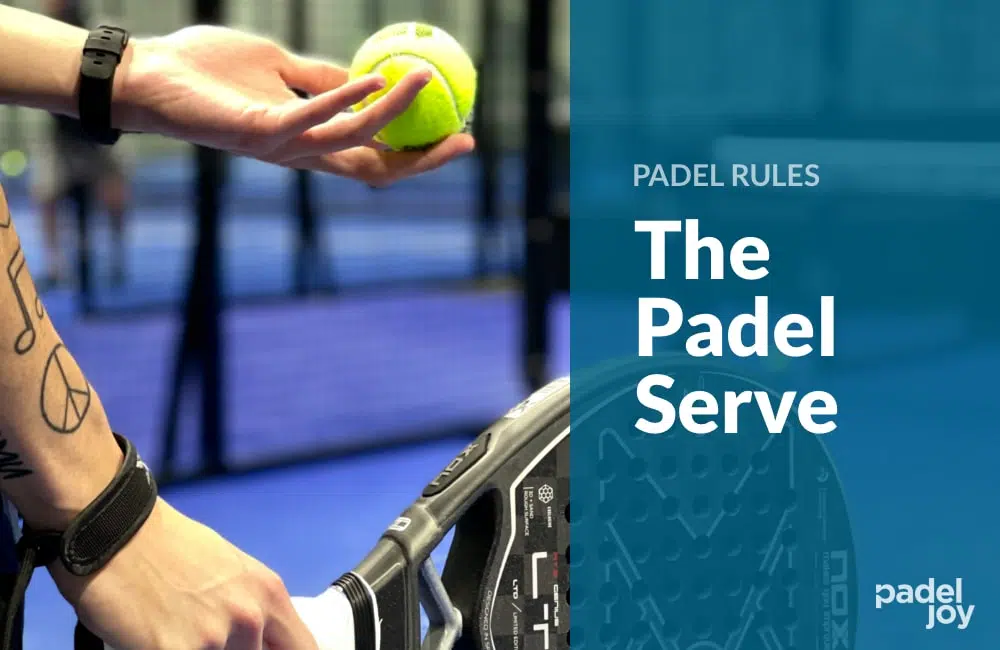
Rule 6 – The padel serve
All points start with the service. A second service is allowed if the first service is not valid. The procedure is as follows:
As soon as the player serving begins the service, they must stand with both feet behind the service line, between the central line of service and the sidewall (service box) and remain there until the ball has been served.
In order to serve, the server must bounce the ball on the ground within the service box in which they are positioned.
It is forbidden for the server to touch the service line or the imaginary central line with their feet.
When hitting the ball, the player must have at least one foot on the ground and the ball must be at or below waist level.
You serve the ball from your right side of the court and it should pass diagonally over the net towards the receiving box of service for the person receiving the serve. The ball must bounce inside the lines that define this box. Initially, the ball must be served into the box located on the left side of the receiver, but when one side wins the point, the ball must be served into the box located on the right side of the receiver, and so on.
While serving, a player may not walk, run or jump. Light foot movements will be accepted if they are not detrimental to the service position.
As soon as contact is made with the ball, or an attempt to hit it, it will be considered a serve.
Every set begins with the players selecting who will serve first. Once the order has been established, it cannot be changed until the next set has begun.
The server won’t serve until the player receiving is ready. Nevertheless, the player receiving service will adapt within a reasonable amount of time to the server’s rhythm and will be ready to accept the service as soon as it is available.
Rule 7 – Service fault in padel
A service is faulty if:
- The server violates any of the points under rule 6
- When trying to strike the ball, the server misses it.
- The ball bounces outside the receiver’s service box (the lines are considered good).
- Any object worn or carried by or by the server or his companion is hit by the ball.
- Before hitting the second bounce, the ball bounces in the receiver’s service box and touches the metallic fence around the court.
Rule 8 – How to return a serve in padel
Receivers must wait for the ball to bounce within their receiving box of service before hitting it before it hits the ground for a second time.
In the first game of each set, the receiving player decides who will be the first to receive; this player will continue receiving the first service of each game until the end of the set.
When the order is decided, it cannot be altered during the set or tie-break, but may be altered at the beginning of a new set.
When the ball hits one of the receiving players or their rackets before it bounces, the server gets a point.
Rule 9 – Let service (net cord)
A service is considered “net” if:
- The ball served touches the net or the posts before landing in the receiver’s service box, assuming it does not touch the metallic fence before its second bounce.
- In the event that the ball touches the net or posts (if they are within the game area), it hits any player or item carried or worn by them.
Service will be repeated (let) if:
- The ball is served when the receiver is not ready.
- A server is entitled to two (2) serves if there is a “let” on the first serve.
- The server will have only the right to repeat the second serve if the “net” or “let” appear on the second serve
Rule 10 – Repetition or let point
Disputed points are “let” if:
- During play, the ball splits.
- Any element not related to the game enters the court area.
- In general, any interruption in a match caused by unforeseen circumstances unrelated to the players.
- When a player believes that a “let” situation has arisen, he or she must inform the umpire immediately. A player who continues to play loses the right to a “let”.
- When the “let” is requested, the Umpire decides if it is appropriate. The player loses the point if it is not.
Rule 11 – Interference
Interference is when a player intentionally or involuntarily interferes with an opponent’s shot. A deliberate interference will result in the Umpire awarding the point to the opponent. An involuntary interference will result in the Umpire calling a “let” and repeating the point.
Rule 12 – Ball in play
Each pair of players will alternately hit the ball.
Once a valid service is made, the ball will remain in play until “let” is called or the score is determined.
After the ball has bounced in the opponent’s ground, if it hits any part of the court, it will remain in play and should be returned before it bounces again.
A court consists of the inside of the walls, the metallic mesh fence surrounding it, the ground, the net, and the posts that hold the net in place. The mesh and frame together will be considered as part of the fence.
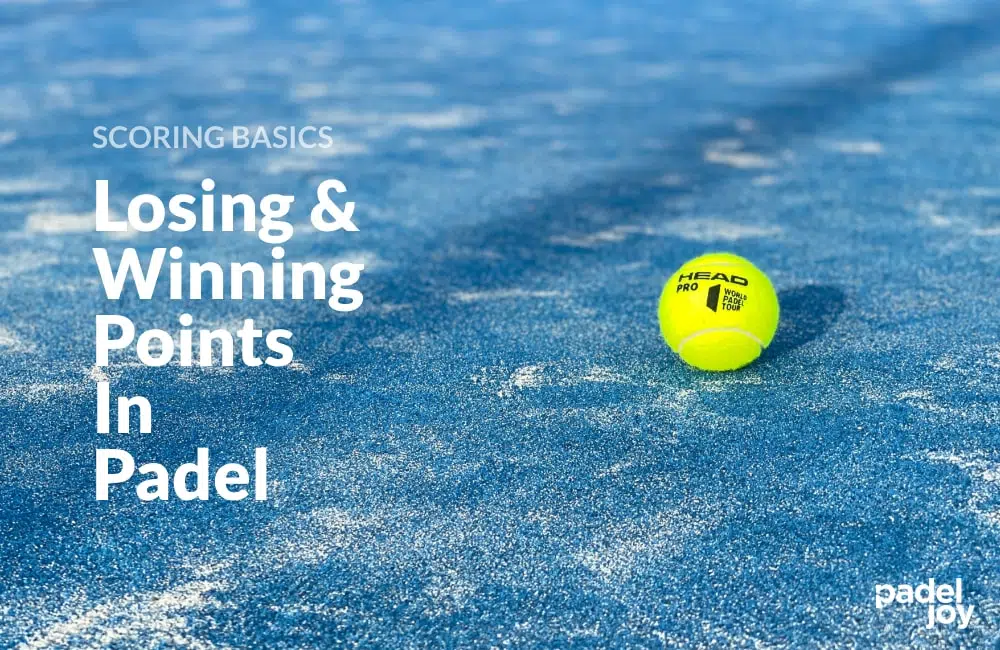
Rule 13 – Losing points in padel
A player loses a point if:
- While the ball is in play, either of the players, their rackets, or anything worn or carried touches the net, net posts, tension cables, or any part of the opponent’s court.
- A second bounce occurs before the ball is returned.
- When the ball, after bouncing, crosses the outer perimeter (lateral or end) of the court or goes through the gate.
- Authorized off-court play. After the ball has bounced correctly, it goes over the end wall and out of the court. In the event that the ball goes over a sidewall or through the door, a point is lost if it bounces for a second time or touches any element outside the court.
- In the case of a player hitting the ball before it crosses the net.
- Whenever a player returns a ball, either directly or by hitting it off their court’s walls, if the ball doesn’t bounce before hitting the wall of the opponent’s court, the metallic fence,, or anything else that’s not a part of the ground of the opponent’s court.
- In the event a player returns a ball directly to their court or off the walls, the ball impacts the net, net posts, fence, or any element not related to or located on the ground of the opponent’s court.
- The player hits the ball twice. (Double strike).
- In case the ball touches the player who is playing the ball, their companion, or anything the players are wearing.
- When the opposing team’s ball hits any part of the players or their equipment, aside from the racket.
- In the event a player hits the ball and it touches the metallic fencing, any part of the ground on their side of the court, or any element not related to the court located on their side of the court.
- The player jumps over the net while the point is being played.
- The point is lost if both players hit the ball simultaneously or consecutively. Only one member of the team may play the ball at a time.
- When the player who hits the ball has one or both feet or any part of their own body outside of their court. Unless out-of-court play is allowed.
- When a player serves two consecutive faults.
Rule 14 – Correct return
Returns are correct if:
- A ball is struck and bounces directly into the opposing court or it hits the wall on the player’s own court before bouncing into the opponent’s court.
- The ball bounces on the opponent’s court and then strikes a wall or metallic fence.
- After touching the net or net posts, the ball lands on the opponent’s court.
- Ball in play hits an object located on the ground of opponents’ court that is not connected to or part of the court (e.g. another ball).
- When the ball is “scooped” or pushed, it will be considered a correct return as long as the player has not hit it twice, the impact happens with the same movement, and the natural exit of the ball does not differ greatly.
Rule 15 – Winning points in padel
The point is won if:
- If the ball bounces in the opponent’s court and then goes out of court through a hole in the metallic fence or becomes stuck there.
- The ball gets stuck in the flat horizontal surface on top of the wall if, after it bounces in the opponent’s court.
Rule 16 – Authorized out of court play
The players may leave the court to play the ball if the courts is approved for out-of-court play, including having a safety area.
Rule 17 – Change of balls
Organizers must announce in advance:
- Brand and type of ball.
- Balls to be used in the match (2 or 3).
If there is a ball change policy. For each match, ball changes can be made using one of the following:
- Following an established odd number of games. For the change of balls, the warm-up period counts as two games and the tie break as one.
- At the beginning of a “tie break”, there will not be a ball change. As a result, the change of balls will be delayed until the start of the second game of the following set.
- At the start of a set.
- In the event of a lost, broken, or sufficiently deteriorated ball, the Umpire will supervise its replacement with a ball in the same condition as those currently in play. Otherwise, the balls in play must be matched. To start the point, at least two balls must be available.
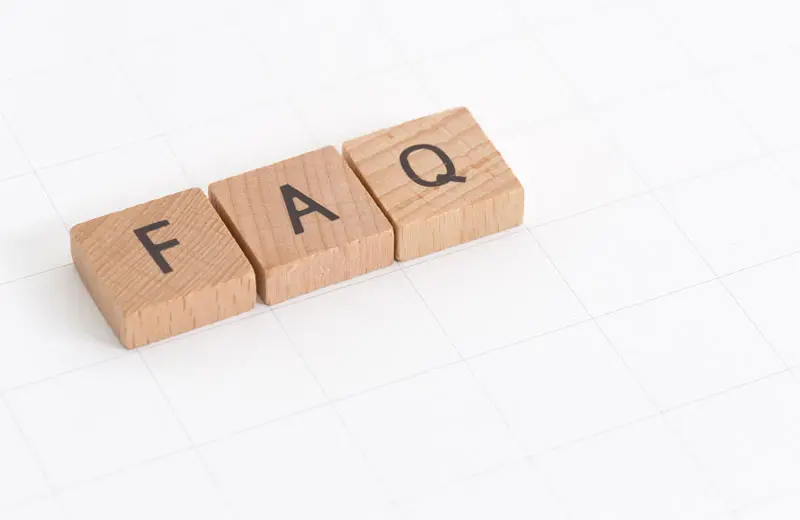
Common questions about padel rules
Recommended:
